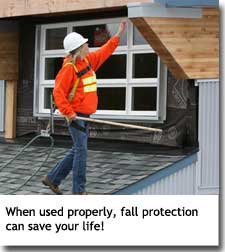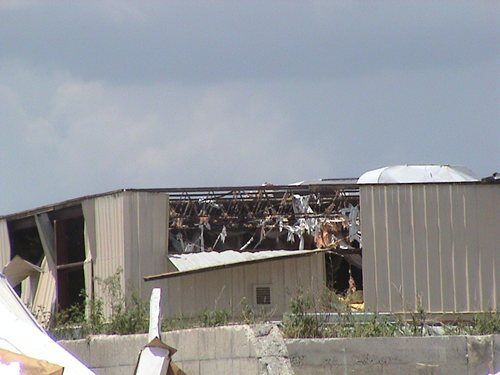Choosing the Right Fall Protection

By Michell Pratt for National Women in Roofing.
Fall Protection can pose its own set of challenges for proper fit and comfort for female employees.
Personal Protective Equipment has been made for many years. However, with women becoming more commonplace in the industrial/construction industry, employers have a responsibility to ensure that all of their workers are accurately protected. Fall Protection can pose its own set of challenges for proper fit and comfort for female employees. All employees that use fall protection should be fitted based on their duties, size, and conditions.
OSHA’s website provides "non-mandatory" guidelines for Fall Protection and states the following: “The kind of personal fall arrest system selected should match the particular work situation, and any possible free fall distance should be kept to a minimum. Consideration should be given to the particular work environment. For example, the presence of acids, dirt, moisture, oil, grease, etc., and their effect on the system, should be evaluated. Hot or cold environments may also have an adverse effect on the system. Wire rope should not be used where an electrical hazard is anticipated. As required by the standard, the employer must plan to have means available to promptly rescue an employee should a fall occur, since the suspended employee may not be able to reach a work level independently.”
In choosing a harness specifically designed for the female worker look for these three unique features, (1) shoulder straps kept at the side and away from the chest, (2) front positioning loop and back/leg pads for better hip support, and (3) stretchable webbing so there is no bunching, binding or kinking.
With Fall Protection being the #1 OSHA violation of 2017, many employers have had to take a hard look at workers utilizing Fall Protection correctly. If you feel that your Fall Protection equipment doesn’t fit you correctly, advocate for yourself to have your employer provide equipment that is suited to your job duties and your safety.
Learn more about National Women in Roofing.





















Comments
Leave a Reply
Have an account? Login to leave a comment!
Sign In